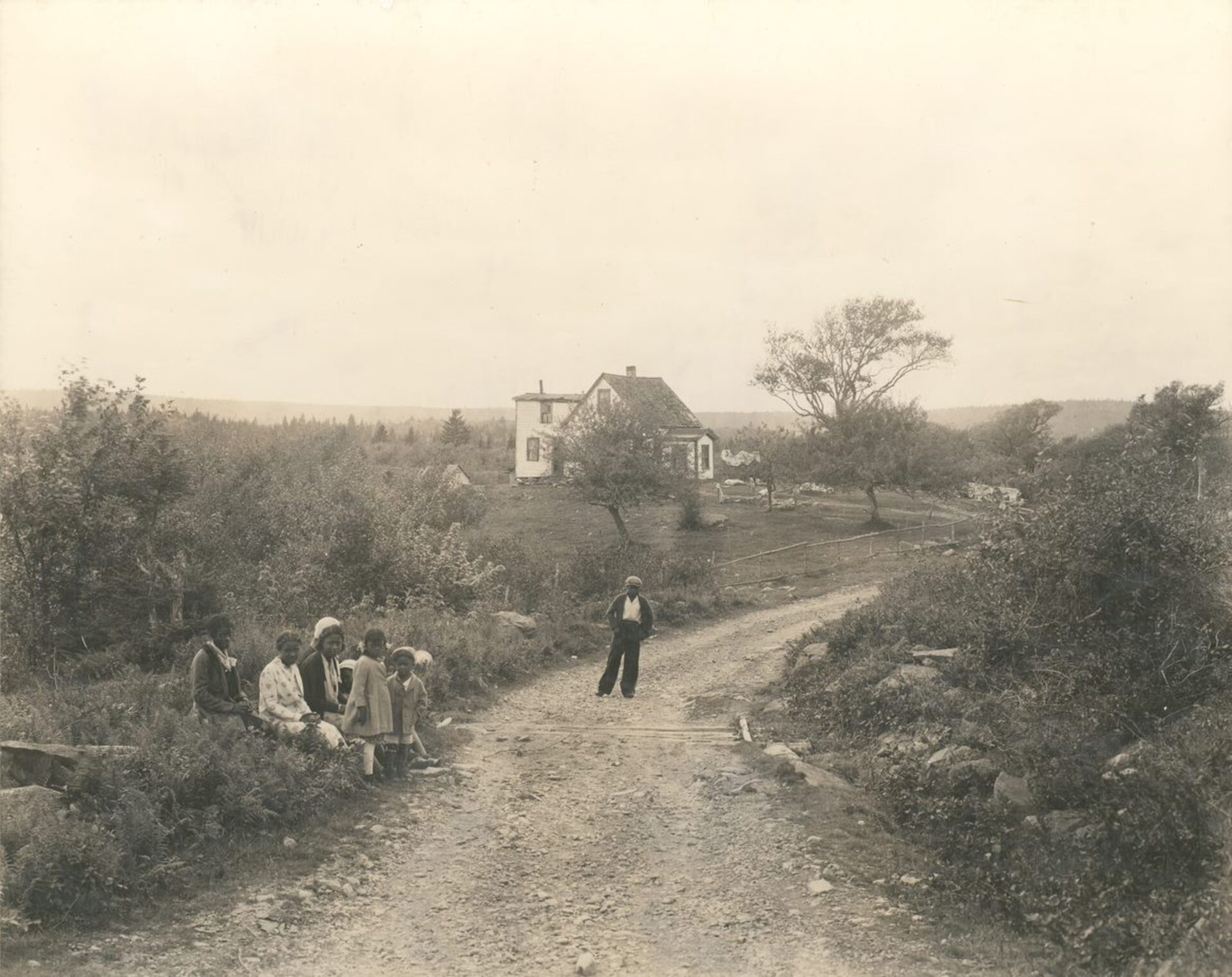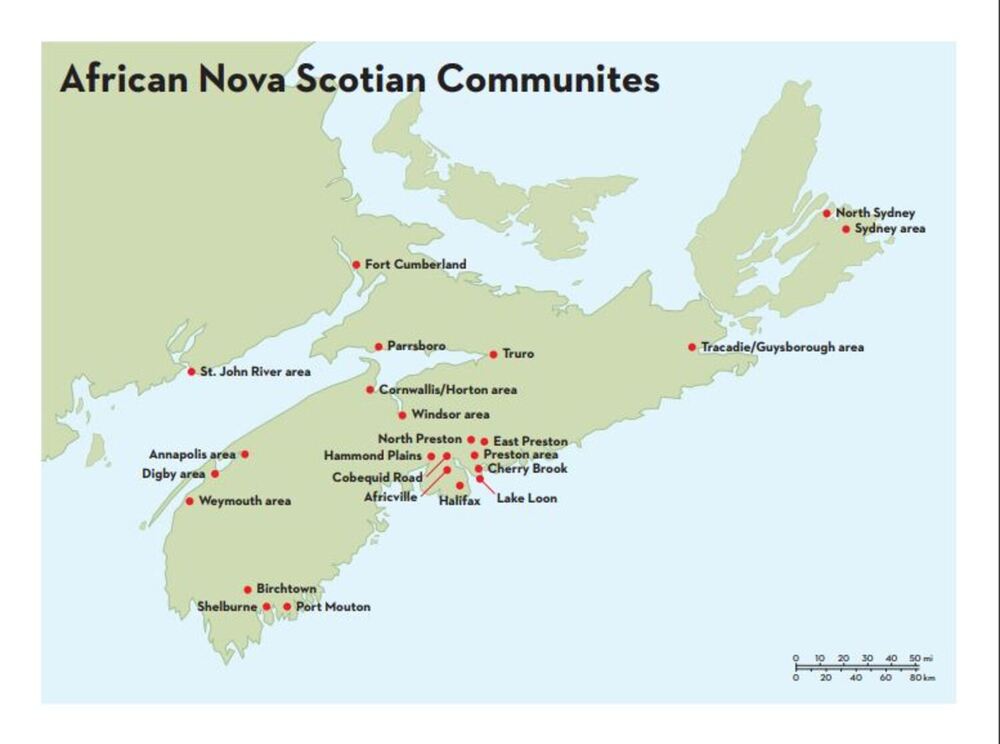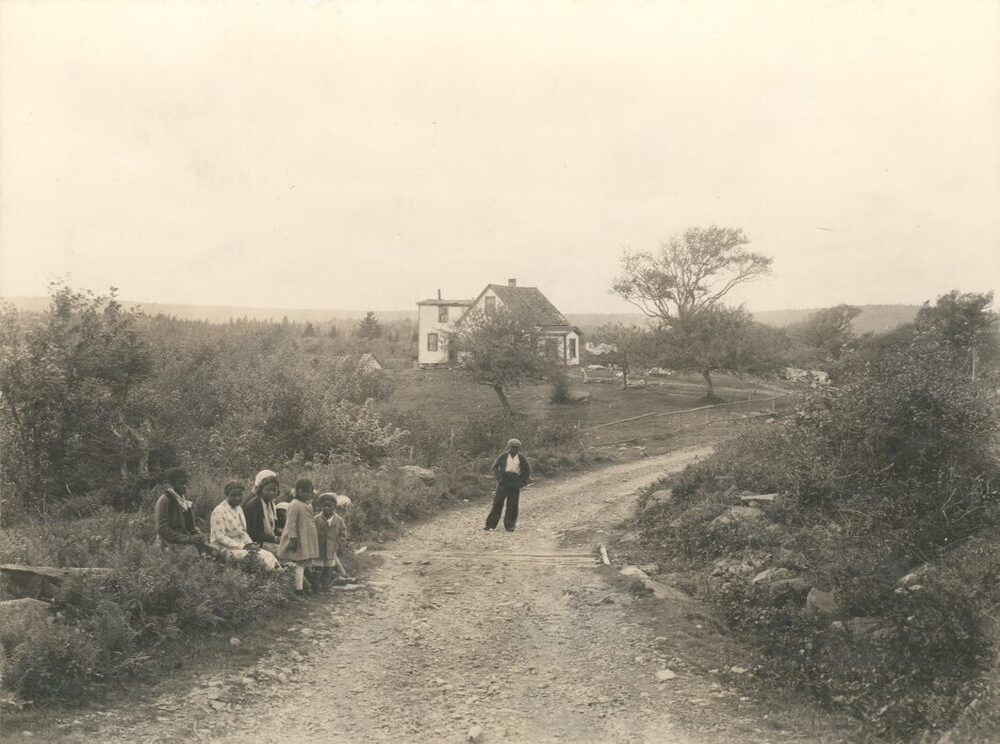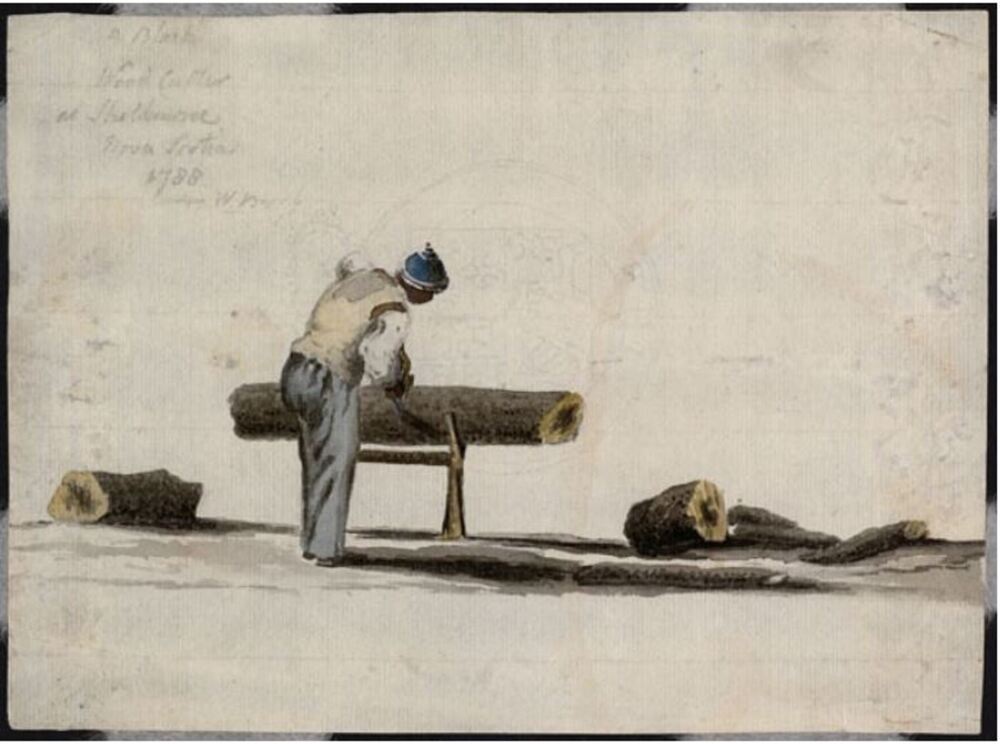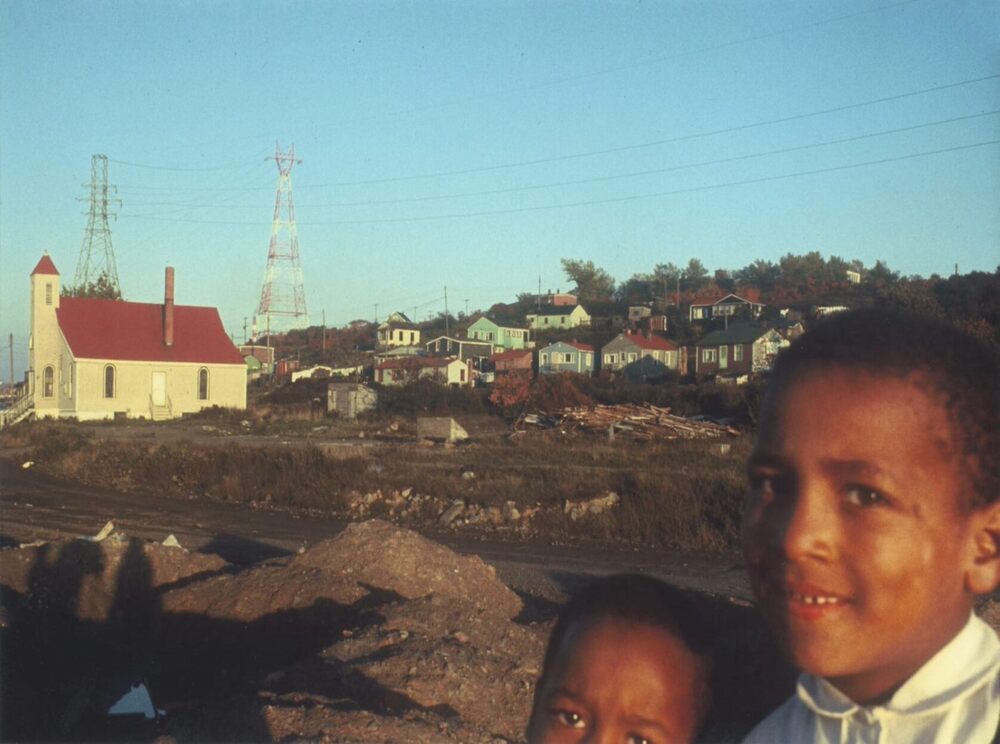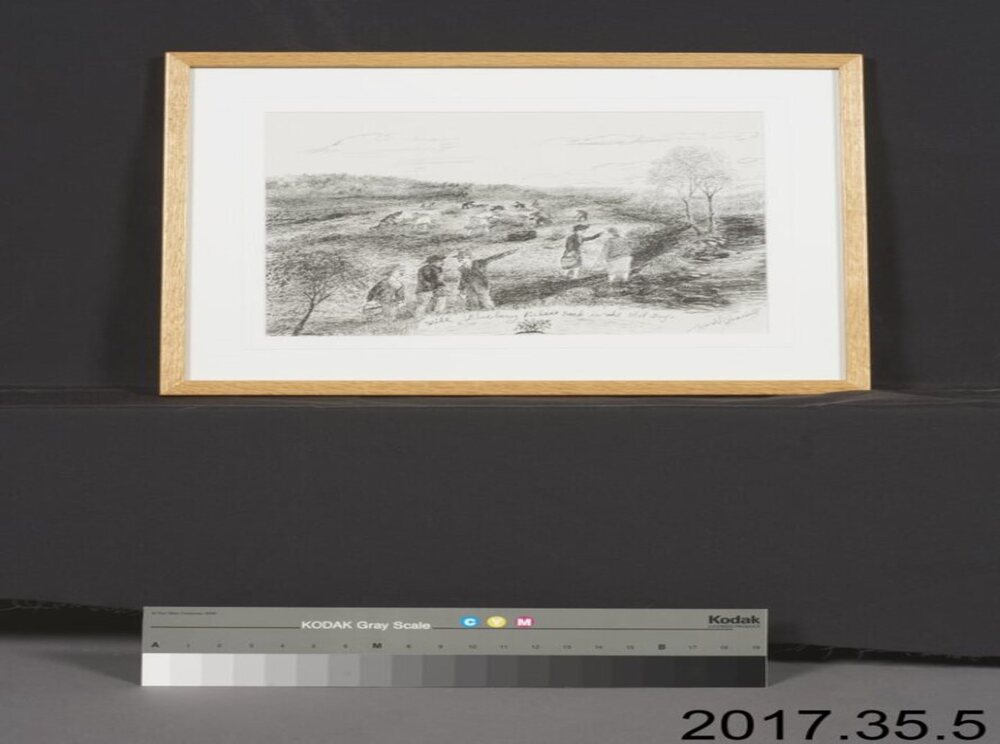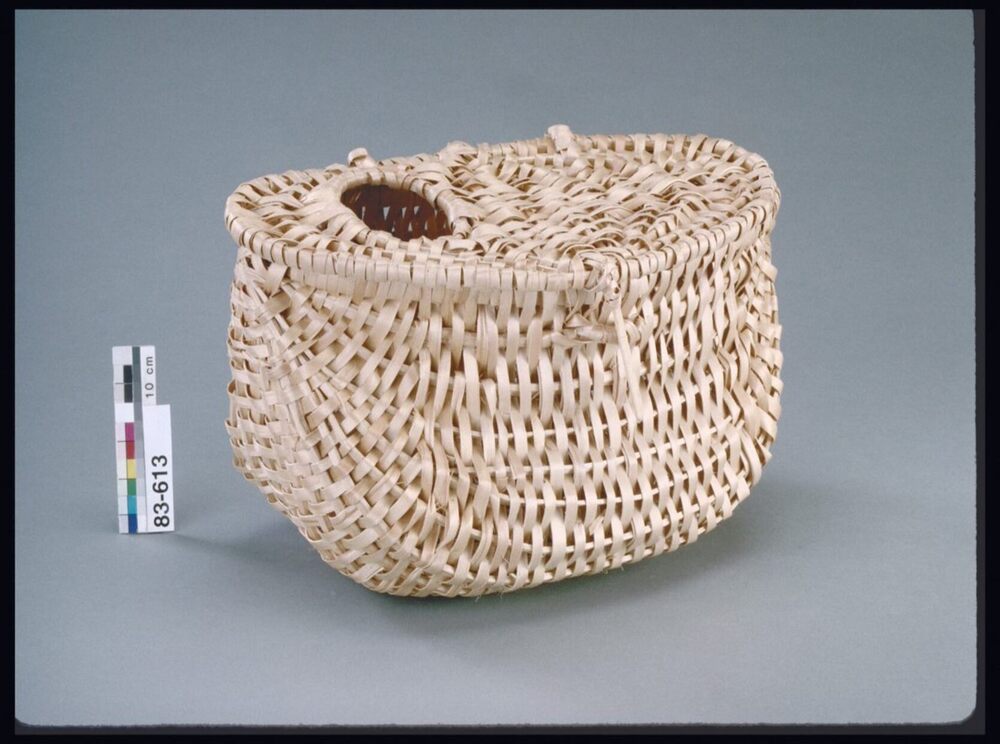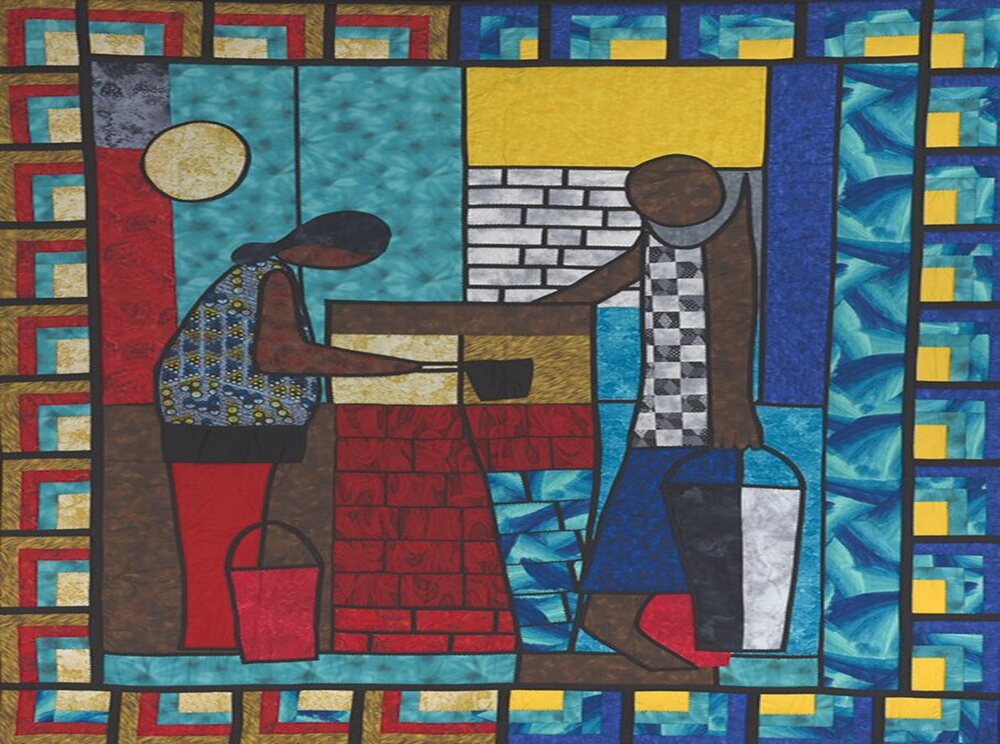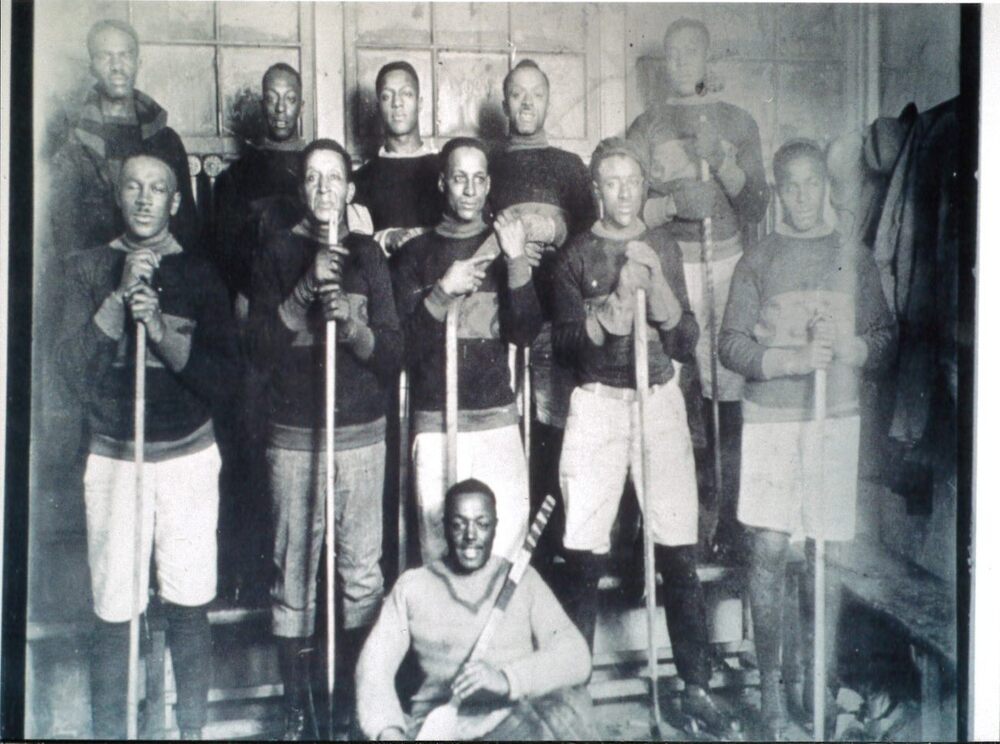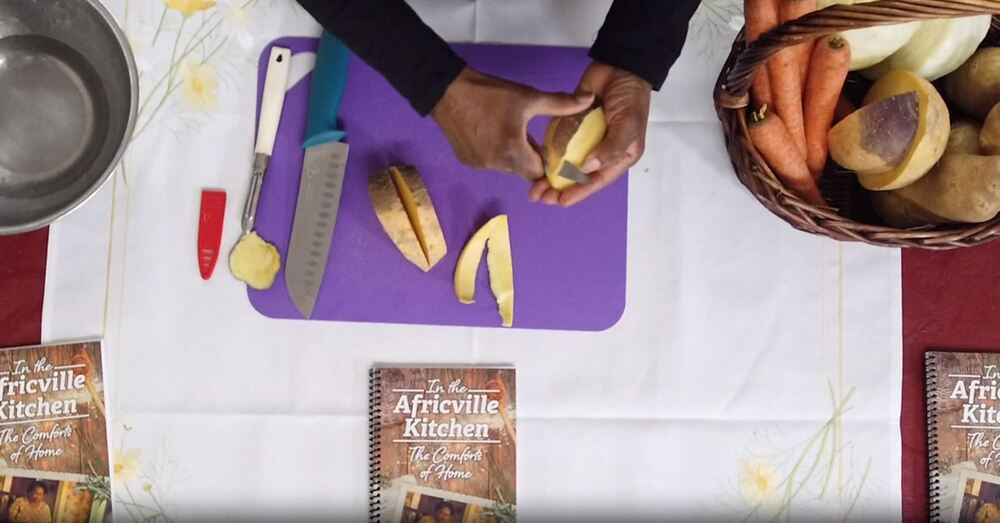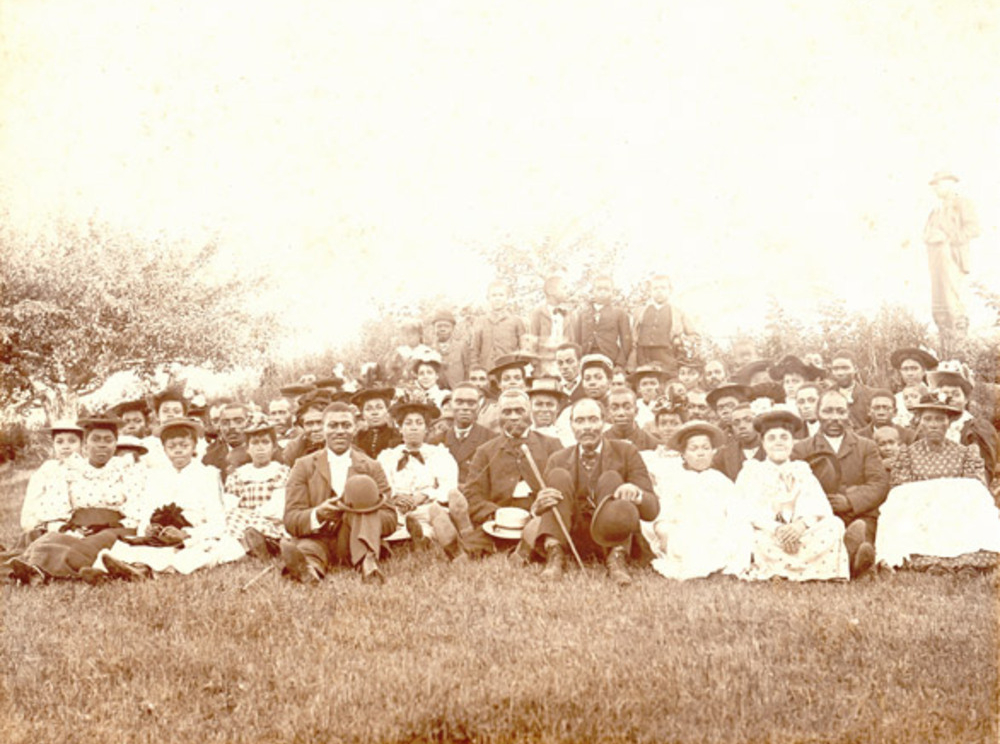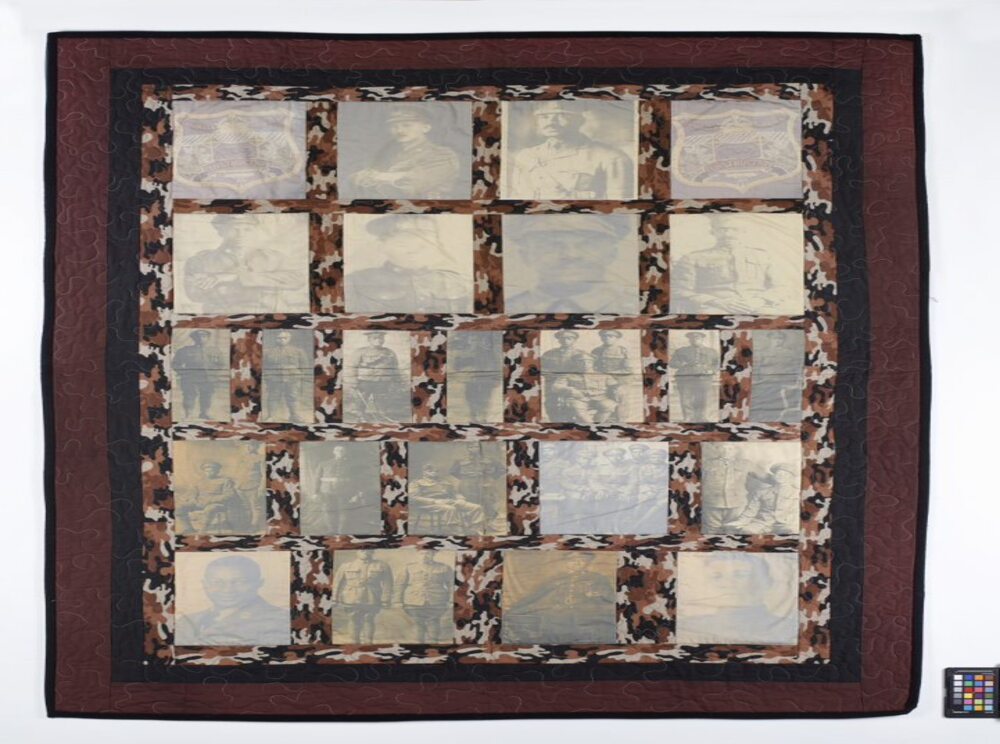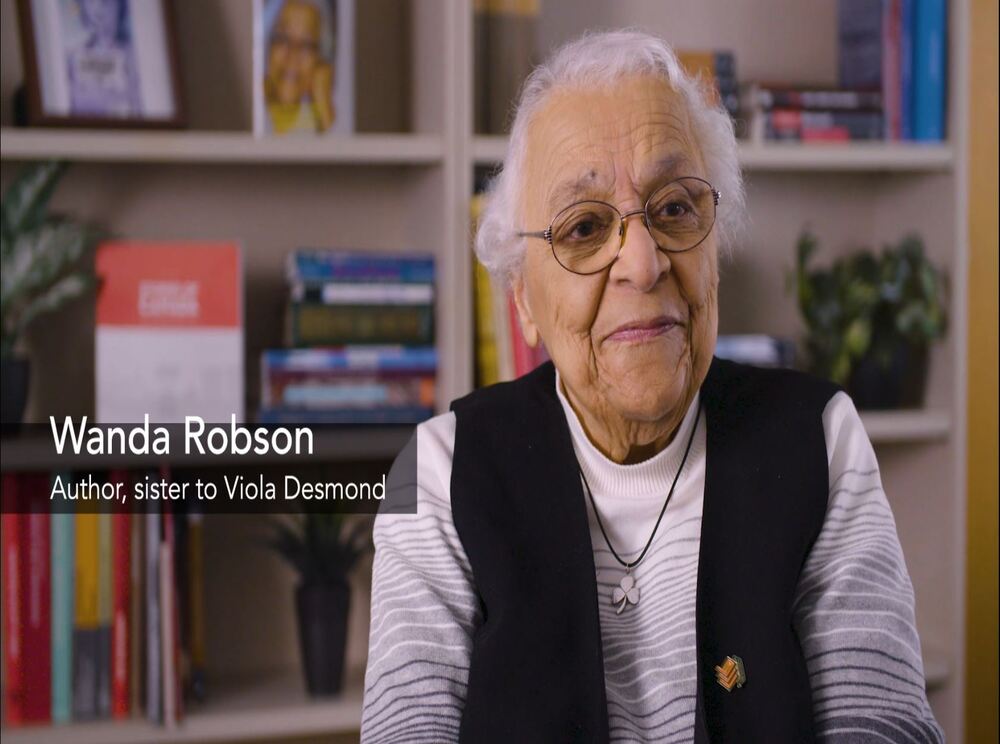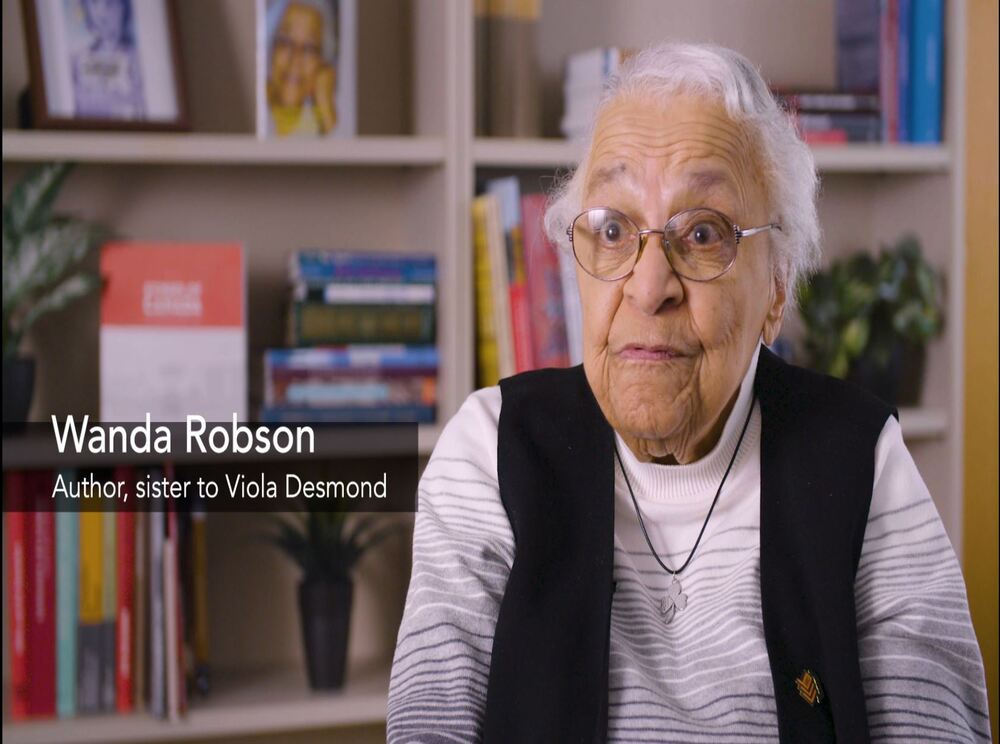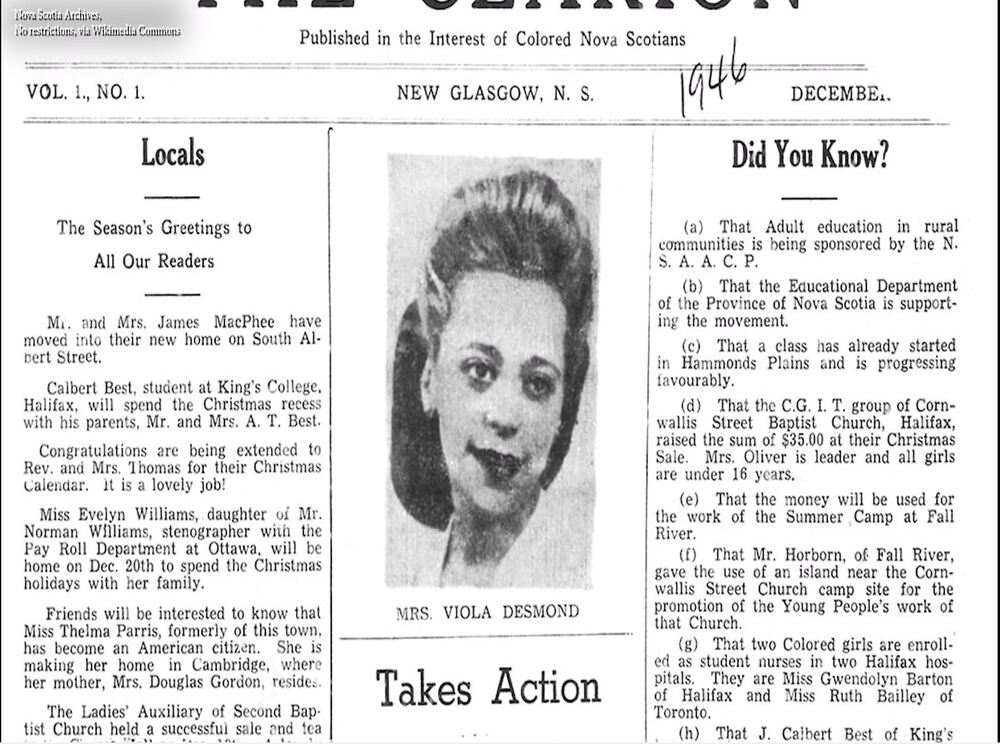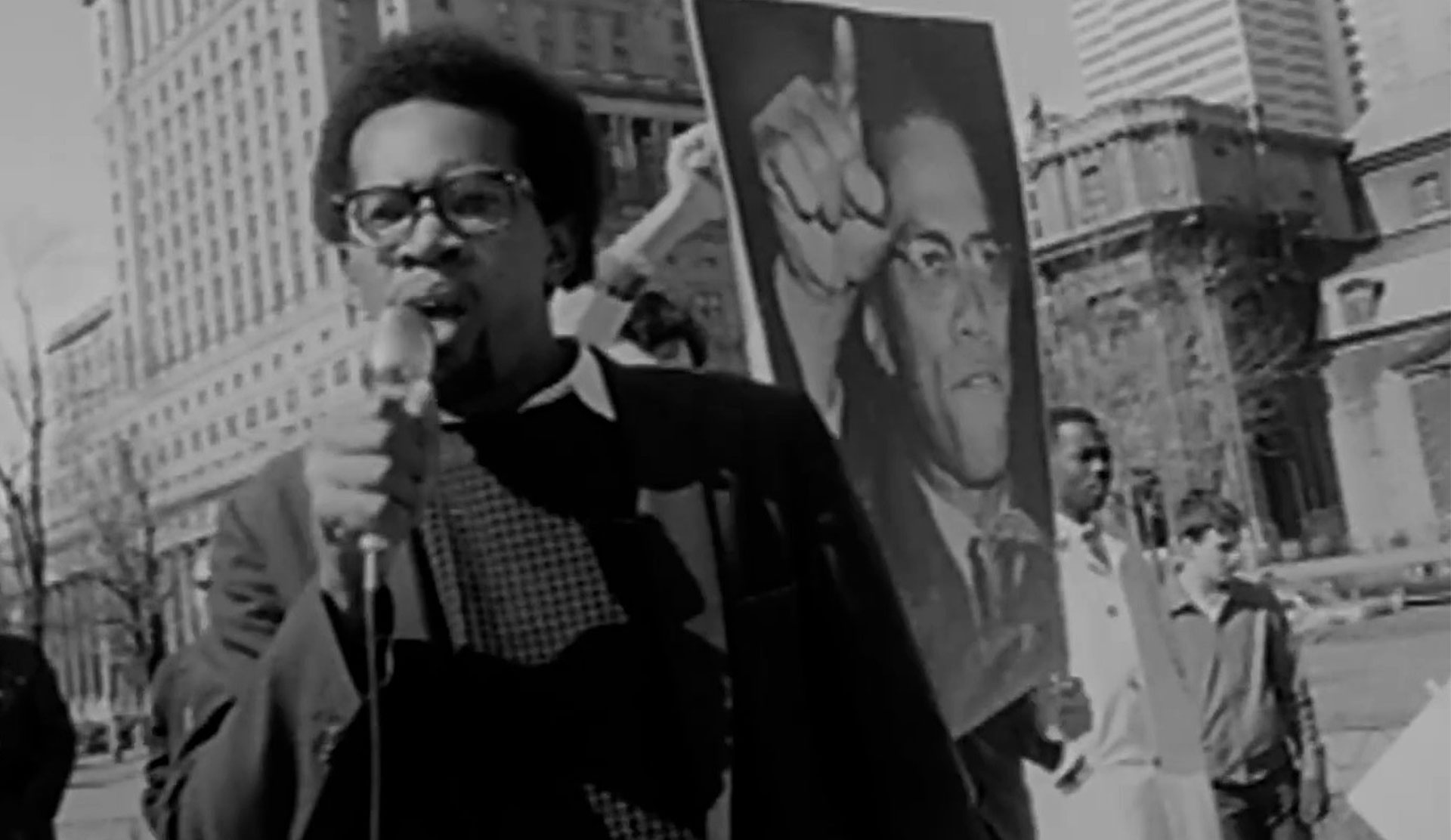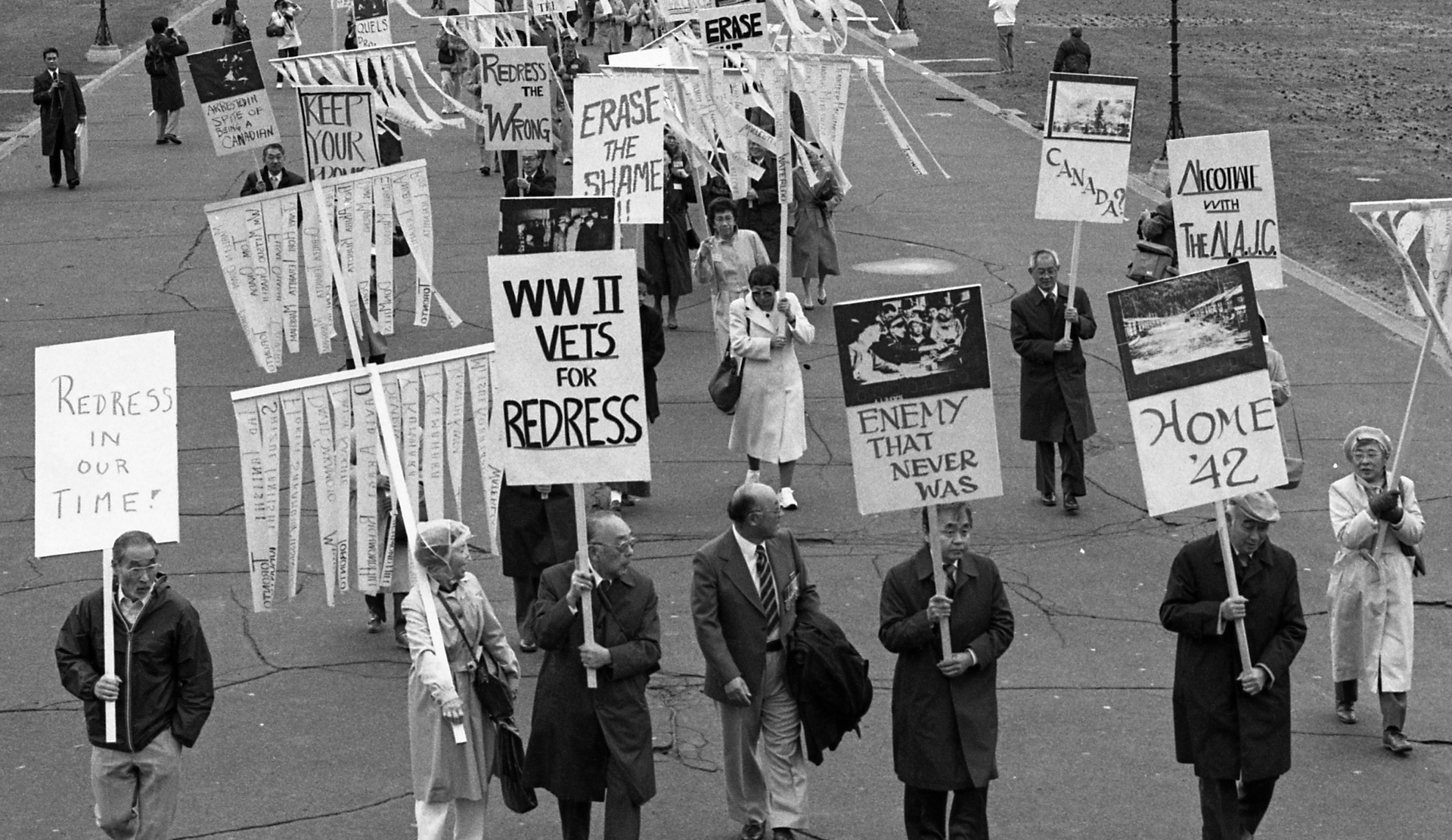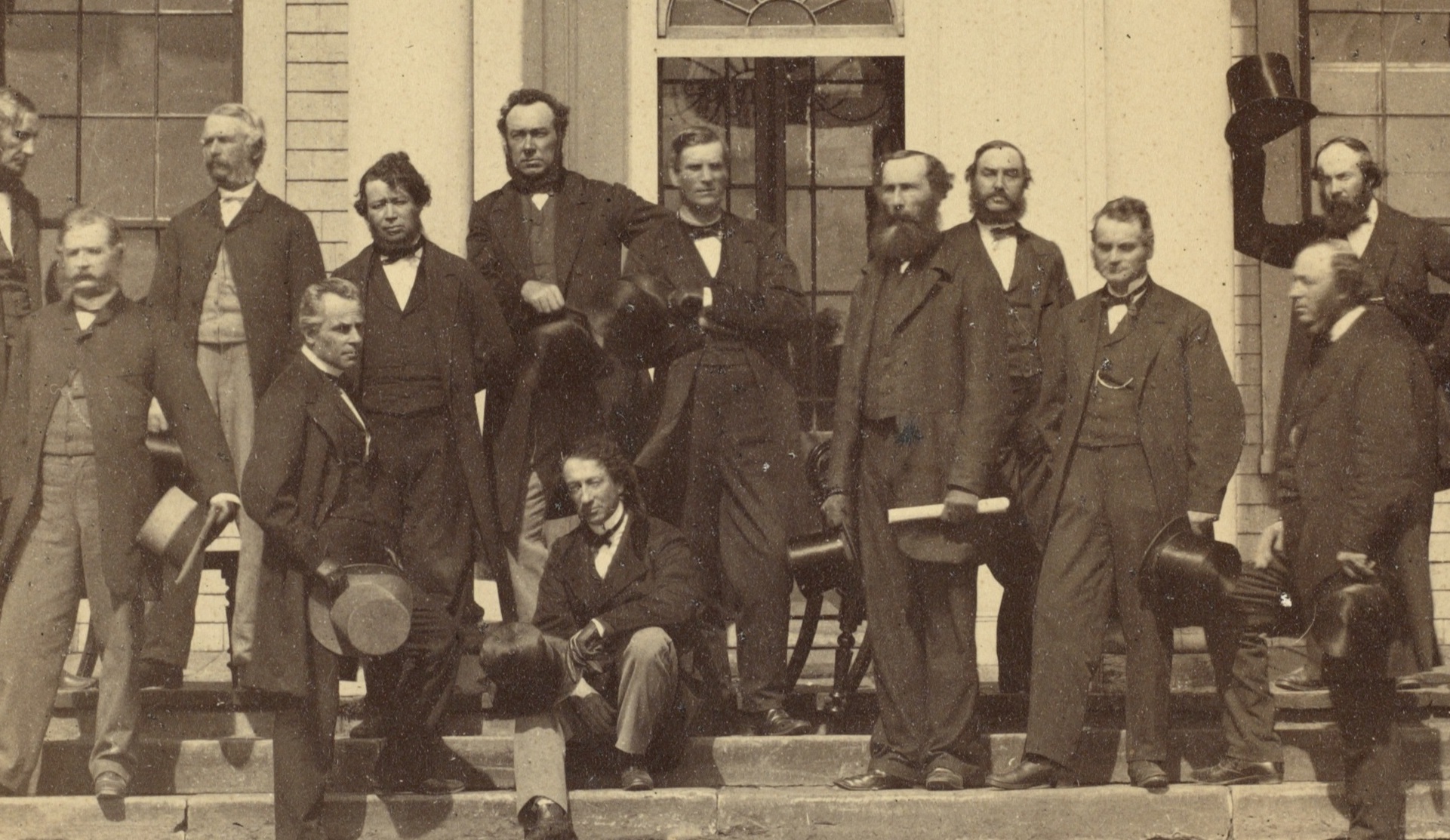Activities
There are two types of activities: Package Activities and Object Activities.
Package Activities are project-based activities designed to accommodate one or more classes. These activities involve the use of historical thinking concepts while exploring the whole package, resulting in a more comprehensive experience.
Object Activities are short inquiry-based activities that typically take 5–25 minutes. These activities encourage students to think critically about the objects being presented, and to use historical thinking concepts.
Both types of activities were created with the guidance of educators from across Canada, and incorporate current educational theory and approaches.
 Package Activities
Package Activities
Explore project-based Package Activities by scrolling down.
Activity 1: Jigsaw
- Divide the class into four groups. Assign each group one of the following package topics: African Nova Scotian Communities, Artistic and Cultural Expression, Community Life, and Civil Rights in Nova Scotia: The Story of Viola Desmond.
- Have each student choose a different object from the topic assigned to their group.
- Students will examine and research their objects individually, then answer questions based on the following Historical Thinking concepts:
- How does the object reflect Historical Significance?
- How does the object demonstrate Continuity and Change?
- How does the object help analyze Cause and Consequence?
- How does the object share Historical Perspectives?
- How does the object help us understand the Ethical Dimensions of Historical Interpretation?
- Once these questions have been answered, students will return to their group to share and discuss their responses.
- Students will then be redistributed into 4 to 6 groups, comprising students from each of the four original topics. Individual students are now seen as the experts on their topic within the new group, and will share their answers to the following questions, based on Historical Thinking concepts:
- What are the primary sources for your topic?
- How does the topic reflect Historical Significance?
- How does the topic demonstrate Continuity and Change?
- How does the topic help analyze Cause and Consequence?
- How does the topic share Historical Perspectives?
- How does the topic help us understand the Ethical Dimensions of Historical Interpretation?
- In their new groups, students will share and discuss their answers to the questions above.
- At the end of the activity, the whole class will have a quick discussion of the following questions:
-
- What did you find interesting about your topic?
- What do you find interesting about a topic not originally assigned to you?
- What surprised you?
- Do you have any other comments or questions?
 Object Activities
Object Activities
Explore inquiry-based Object Activities by clicking on individual objects below.
